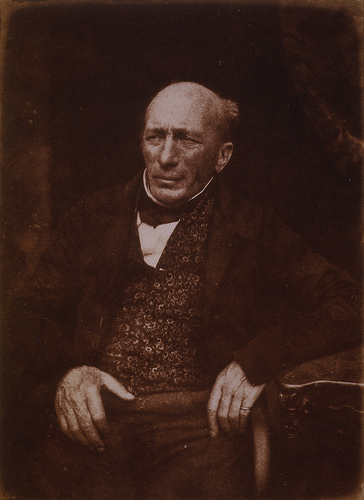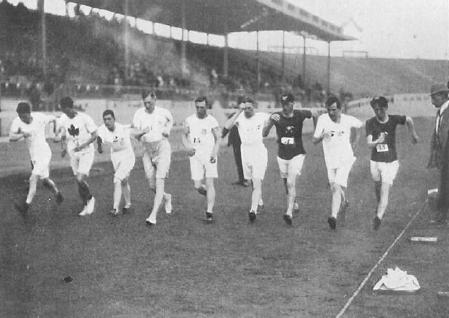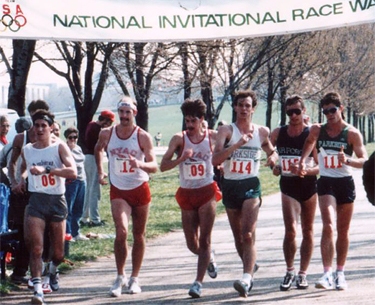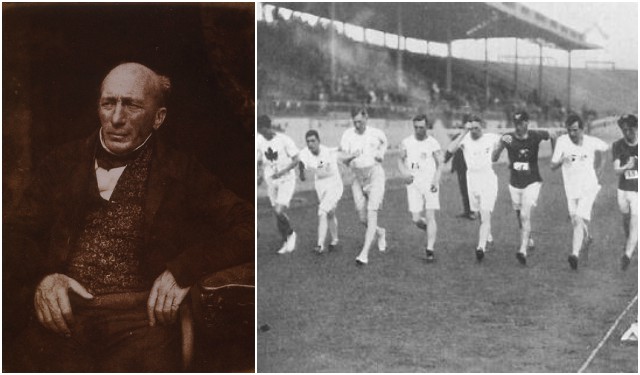Known as Captain Barclay, Robert Barclay Allardice was one of the most athletic men of his time and one of Britain’s first sporting celebrities. He is also considered the father of pedestrianism, a popular sport of the 19th century, a precursor to racewalking.
He was born in August 1777 at Ury House just outside Stonehaven in Scotland to a family of athletes that in the past were practicing bull wrestling, carried flour sacks in their teeth, and uprooted trees with their bare hands. Robert Barclay Allardice was schooled in England and attended Cambridge University where he often gambled on the performances of other men, but also would often back himself to perform incredibly demanding physical challenges.

He took part in a number of bizarre pedestrian contests. In 1800 he backed himself to accomplish 90 miles within 21 hours, but he failed due to heavy rain and mostly because he caught a cold. He lost a thousand guineas, but didn’t give up and increased the stake to 2,000 guineas, and lost again. He backed himself again to the tune of 5000 guineas to perform the same feat and finally won with an hour to spare.
He won his first competition when he walked for 110 miles in 19 hours and 27 minutes. He also walked 90 miles in 20 hours and 22 minutes, the same year. In 1802 he walked 64 miles in 10 hours and in 1805, between breakfast and dinner, he walked 72 miles.
Among his many bizarre pedestrian contests, there was one when he walked 110 miles over bad roads in 19 hours and another in 1808 when he walked 130 miles without any sleep for two nights.
However, he made his epic walk at Newmarket in 1809 when he walked a mile in each of the 1000 consecutive hours. This meant that he was supposed to walk a mile per hour, every hour, for 42 days and nights. It all started on June 1st, 1809, and was completed on July 12th.

He walked his first mile in 14 minutes and 54 seconds and his time averaged 21 minutes and 4 seconds by the last week. During this period of 42 days and nights over 10,000 people watched the event. He completed the feat on 12th July in front of an enormous crowd that gathered to cheer him.

It is said that during this period he lost around 15kg, but didn’t regret since he won a large purse for his efforts.
During the Napoleonic War, he was commissioned in the army where he adopted the name, Captain Barclay. In 1809 he served as aide-de-camp to the Marquess of Huntly on the ill-fated Walcheren campaign, starting out just 5 days after the completion of the 1000-mile feat.

He was also interested in boxing and became trainer and sponsor of Tom Cribb, the bare knuckles Champion of the World in 1807 and 1809.
Captain Barclay, the father of pedestrianism, a precursor to racewalking, was kicked by a horse in 1854 and died several days later from paralysis.
